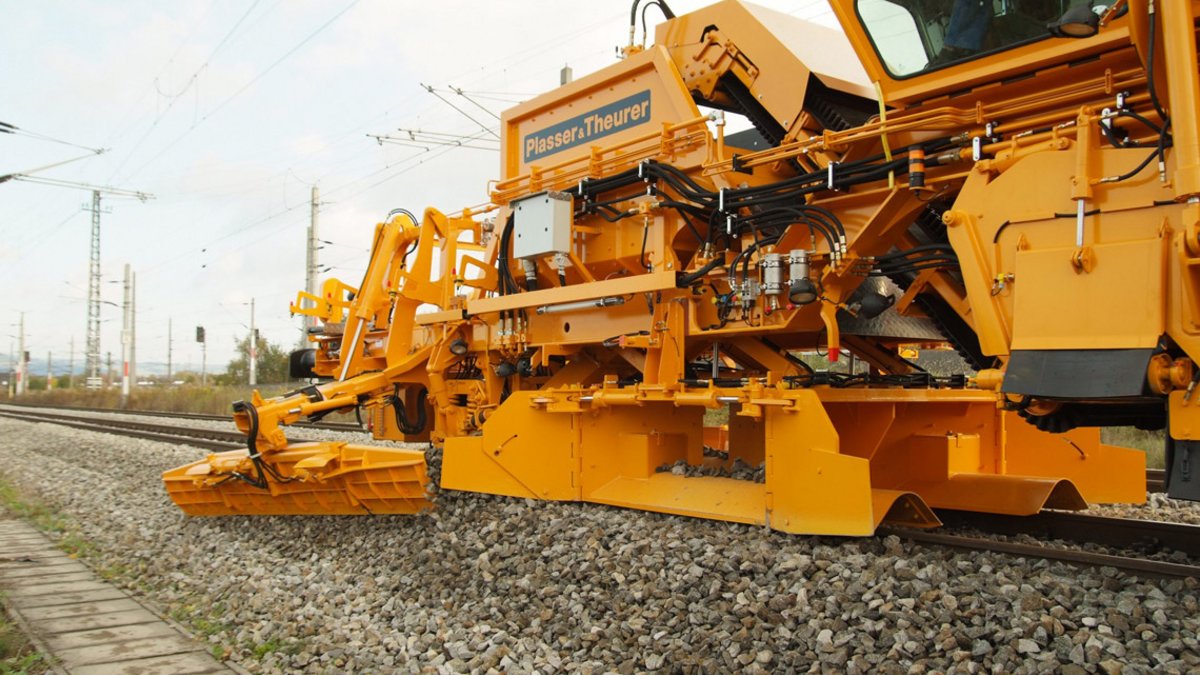
Railways
The railway industry is one of the most critical sectors for mass transportation, requiring highly reliable systems for passenger and freight operations. From high-speed trains to heavy-duty freight locomotives, advanced engineering solutions ensure safety, performance, and long service life. Hydraulic, pneumatic, and electronic systems play a vital role in braking, suspension, coupling, and automation, ensuring smooth and efficient rail operations.
Modern railway equipment is designed to meet international standards of safety, energy efficiency, and sustainability while reducing downtime and maintenance costs.
Technical Specifications
Braking Systems: Electro-pneumatic and hydraulic brakes with fail-safe emergency braking capability.
Suspension: Secondary air suspension and hydraulic dampers for improved ride comfort and stability.
Traction Power: Electric and diesel-electric systems with outputs ranging from 1,500 kW to 10,000 kW.
Hydraulic Systems: Used in coupling, lifting, tilting, and bogie adjustment with high reliability.
Control Systems: PLC and microprocessor-based monitoring for signaling, traction, and braking control.
Speed Range: Capable of supporting conventional (80–160 km/h), high-speed (250–350 km/h), and metro rail systems.
Safety Features: Automatic train protection (ATP), collision avoidance systems, and fire-resistant materials.
Energy Efficiency: Regenerative braking and lightweight alloys to minimize energy consumption.
Durability: Components designed for extreme weather conditions and long maintenance intervals.
Standards Compliance: Built to meet EN, UIC, and ISO standards for global railway applications.
With advanced engineering and high safety standards, railway systems ensure reliable, efficient, and sustainable transport solutions worldwide.

